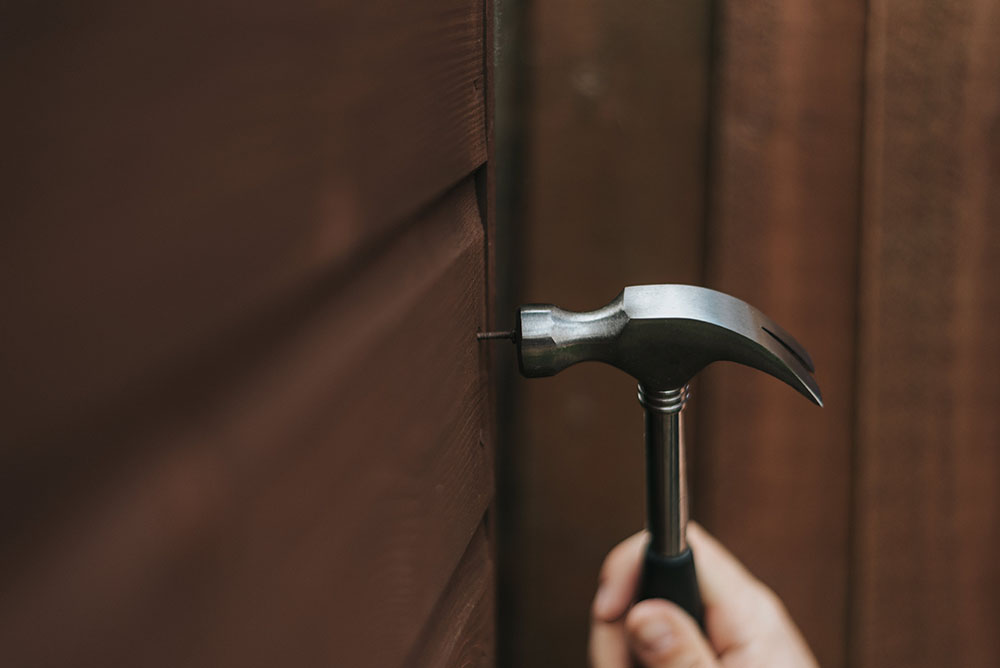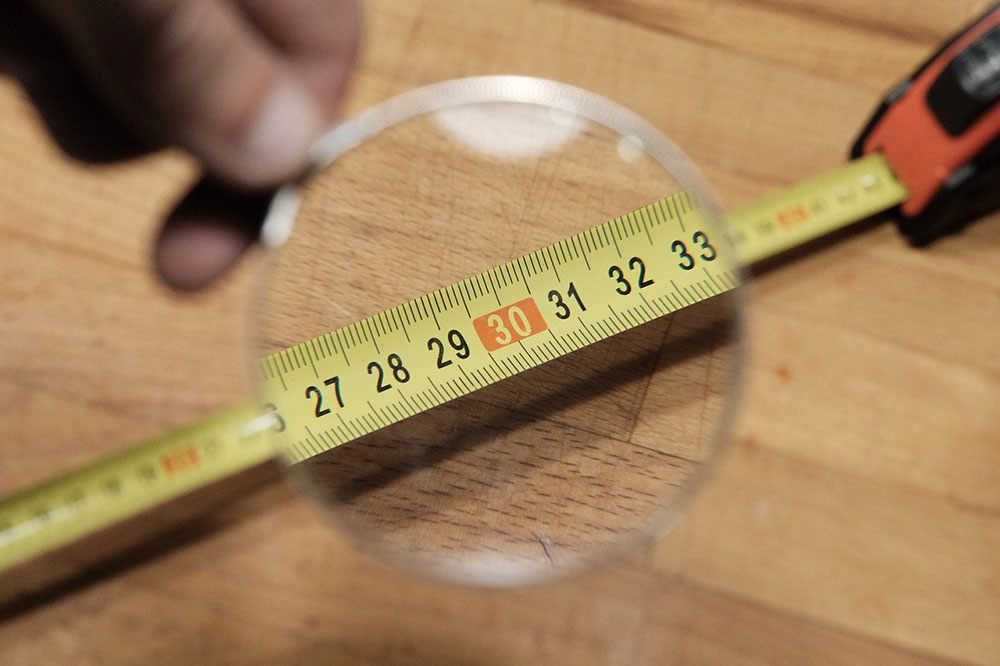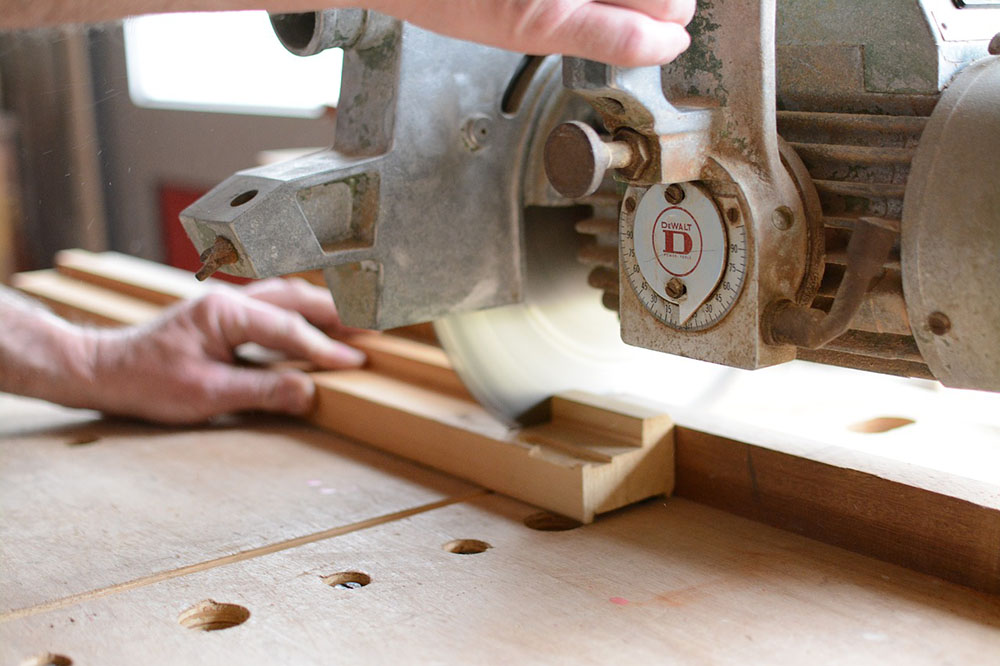Crown Molding
Wall cabinets and cabinets that are especially tall often use crown moulding as a finish. For instance, if you have full overlay cabinet door styles, then crown moulding will fill in the small amount of door that is visible with a professional looking design. However, depending on how much of the door is visible, you can have different kinds of moulding installed. You may need to have the trim installed on the top of the frame, not the face of the cabinet. Crown has many different variations in sizes and styles to ensure that you can fully accommodate the height of the ceiling and the design style that you have already committed to.

Riser or Starter Molding
If you think that you might want to use crown moulding as your final trim, then you may need starter moulding as a mounting frame. If you have a starter moulding in place, then you may be able to hide the imperfections of an uneven ceiling if it is allowed to rise flush. You will probably need this because crown moulding is usually not of the exact height that you need to fit the space, especially if you have an uneven ceiling height.
In order to use starter moulding, you will mount it to the top of the cabinet in order to emulate a cabinet box extension. This allows the installation on the crown moulding to go higher. Using these two kinds mouldings in conjunction with each other gives you many more options, so make sure that you take the opinion of your cabinet designer into consideration before committing to anything here.
Light Rail Molding
If you need a good-looking finish on the bottom of your wall cabinets, then you may want to invest in light rail moulding. You can use it in order to hide lighting fixtures that are under your cabinet and to provide a filter for the glare from those lights. You can also use it for pure decoration, and you have a wide variety of sizes and styles that you can pick from. When you are selecting a moulding of this type, make sure that you consider the opinion of a professional to a bit of open space after a light rail moulding installation depending on the countertop appliances that you are placing here.

Base Molding
If you have base cabinets that reach to the floor, then base moulding is a great option for a decorative trim. This is slightly different from other kinds of mouldings because you will install it with the profiled edge facing up. If you have panel skins on peninsulas and kitchen islands, you can complete the look so that you can match the design of the furniture in the room.
You can also create a more continuous look along the entire base of your room by installing base moulding along all of your cabinet sides. Base moulding can also be reversed if you want a wider looking finish in higher areas around the room.
Fillers
Let’s suppose you have a run of cabinetry with a bit of leftover space between cabinets and walls. Fillers can be used to get in the small spaces and keep the walls from binding to the edge of the doors. Fillers can also keep drawers that are fully extended from running into obstacles that would otherwise damage the finish. Fillers can be used as valance, crown or light rail types if they are installed horizontally
Although the most common filler widths are 3″ and 6″, you can usually find them in a wider variety of lengths depending on the use that you have for them. Understand that you can customize fillers to their best use while minimizing their wastefulness, so do not accept anything other than a perfect fit.

Toe Kick Molding
If you are looking for a comfortable recess for your feet, then you can take advantage of toe kick moulding. Toe kick moulding gives you the opportunity to stand closer to a workspace while maintaining a professional design look. If you attach a toe kick stretcher to a cabinet, it is usually made of a material that is unfinished. After the installation of the stretcher, a finished moulding will be applied in order to cover the entire run of unfinished space.
Now that you have a real understanding of what trims are available to you, make sure that you go over the look and feel of each very closely before you make your decision! Talk to a cabinet specialist before you commit to anything. These are the people who will be able to help you better understand what each trim will mean for the room as well as the overall feel of your home.
Our custom cabinetry and millwork is designed to deliver best-in-class projects on time and on budget, without any hassle, and we have done this for 40 years!
We’ve been around for long enough to know what questions to ask about cabinet trims, partnering with leading designers and contractors to get the job done right. We operate strictly under three foundational elements – integrity, quality and transparency. That means being upfront about the details that matter most and sticking to our estimates.
Our work is upholding your reputation. We do whatever it takes to deliver the look that you are known for. We stand by our cabinet work, offering a limited lifetime warranty on our products for your peace of mind. Give us a call or an email today to get started.